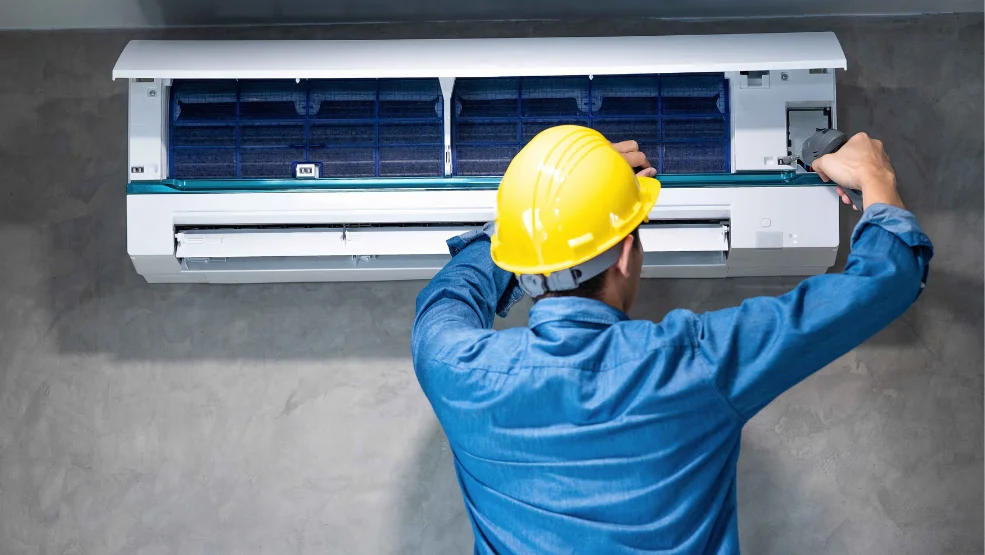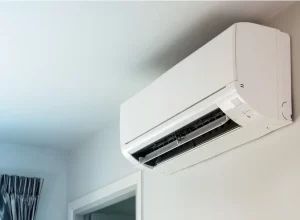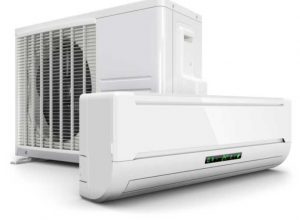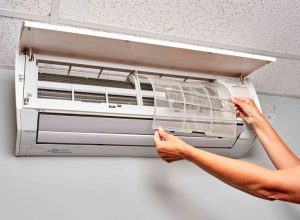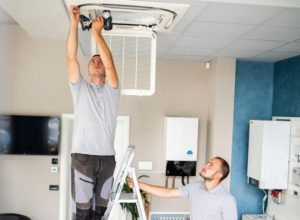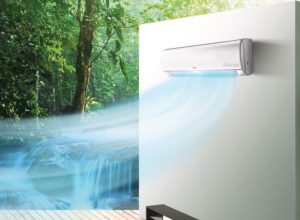Contents
- 1 Air Conditioning and Indoor Air Quality: What You Should Know
- 2 Understanding Air Conditioning Systems
- 3 The Role of Air Conditioning in Indoor Air Quality
- 4 Potential Drawbacks of Air Conditioning
- 5 Best Practices for Enhancing IAQ with Air Conditioning
- 6 Conclusion
- 7 Summary Table of Air Conditioning Systems Features
Air Conditioning and Indoor Air Quality: What You Should Know
As global temperatures continue to rise, air conditioning (AC) systems have become essential for maintaining comfortable indoor environments. However, while these systems provide respite from heat, understanding their impact on indoor air quality (IAQ) is crucial. This article delves into the relationship between air conditioning and indoor air quality, examining how AC systems work, the pollutants they can mitigate, potential drawbacks, and best practices for ensuring optimal indoor air conditions.
Understanding Air Conditioning Systems
Air conditioning systems come in various types, including central air conditioning, ductless mini-split systems, and window units. These systems typically operate using the refrigeration cycle, which involves the evaporation and condensation of refrigerant to absorb heat from indoor air and release it outside. The components of an air conditioning system include:
- Compressor: The heart of the AC system, it compresses refrigerant gas, increasing its pressure and temperature.
- Condenser: Located outside, it dissipates heat from the refrigerant, causing it to condense into a liquid.
- Evaporator Coil: Situated inside, it allows the refrigerant to absorb heat from indoor air, cooling the space.
- Expansion Valve: Controls the flow of refrigerant into the evaporator, allowing it to expand and cool further.
The Role of Air Conditioning in Indoor Air Quality
Air conditioning systems can significantly influence indoor air quality through several mechanisms:
Controlling Humidity
Excess humidity can lead to the growth of mold, mildew, and dust mites, which negatively affects IAQ. Air conditioners help to dehumidify indoor air by cooling it and removing moisture. Maintaining humidity levels between 30% and 50% is optimal for preventing these issues.
Filtration of Airborne Pollutants
Most AC systems are equipped with filters that capture airborne particles such as dust, pollen, pet dander, and other allergens. There are several types of filters, including:
- Fiberglass Filters: Basic filters that provide minimal filtration.
- HEPA Filters: High-efficiency particulate air filters that capture 99.97% of particles down to 0.3 microns.
- Activated Carbon Filters: These filters absorb odors and some volatile organic compounds (VOCs).
Reduction of Contaminants
Air conditioning circulates and purifies indoor air, reducing the concentration of contaminants such as volatile organic compounds (VOCs) found in paints, cleaning agents, and building materials. Properly designed and maintained systems can help alleviate indoor pollution.
Potential Drawbacks of Air Conditioning
While air conditioning has benefits, there are potential drawbacks associated with its use that can impact indoor air quality:
Inadequate Maintenance
Neglecting regular maintenance, such as changing filters and cleaning ducts, can lead to a buildup of pollutants within the AC system, ultimately circulating dirty air. Dirty coils and filters can also lead to inefficiencies and increased energy costs.
Dry Indoor Air
Over-reliance on air conditioning can lead to excessively dry indoor air, which can cause respiratory discomfort, dry skin, and irritation of the eyes and throat. This is particularly concerning for individuals with existing respiratory conditions.
Spread of Pathogens
In some cases, air conditioning systems can facilitate the spread of airborne pathogens, such as bacteria and viruses, through improper ventilation. Poorly maintained systems can harbor mold and other microorganisms.
Best Practices for Enhancing IAQ with Air Conditioning
To maximize the benefits of air conditioning while minimizing its potential drawbacks, consider the following best practices:
- Regular Maintenance: Schedule routine maintenance checks every year. Change filters every 1-3 months, depending on the type of filter and usage.
- Use High-Quality Filters: Invest in high-efficiency filters, such as HEPA types, to capture a larger number of airborne particles.
- Control Humidity: Use dehumidifiers when necessary to maintain balanced humidity levels, especially in high-moisture environments.
- Increase Ventilation: Integrate ventilation systems that allow for the exchange of outdoor air with indoor air, which can dilute indoor pollutants.
- Monitor IAQ: Utilize air quality sensors to keep track of pollutants, humidity levels, and temperature, making adjustments as needed.
Conclusion
Air conditioning plays a crucial role in maintaining comfort in indoor environments, but its influence extends beyond temperature control to encompass aspects of indoor air quality. By understanding the functions and implications of air conditioning systems, individuals can take proactive steps to ensure that their indoor environments are not only cool but also healthy and safe for occupants.
Summary Table of Air Conditioning Systems Features
| System Type | Advantages | Disadvantages |
|---|---|---|
| Central Air Conditioning | Efficient for large spaces, consistent temperature control | High installation cost, requires ductwork |
| Ductless Mini-Split Systems | Flexible installation, energy-efficient, no ductwork needed | Higher initial cost, may require multiple units for large homes |
| Window Units | Affordable, easy to install | Noisy operation, limited cooling area |
